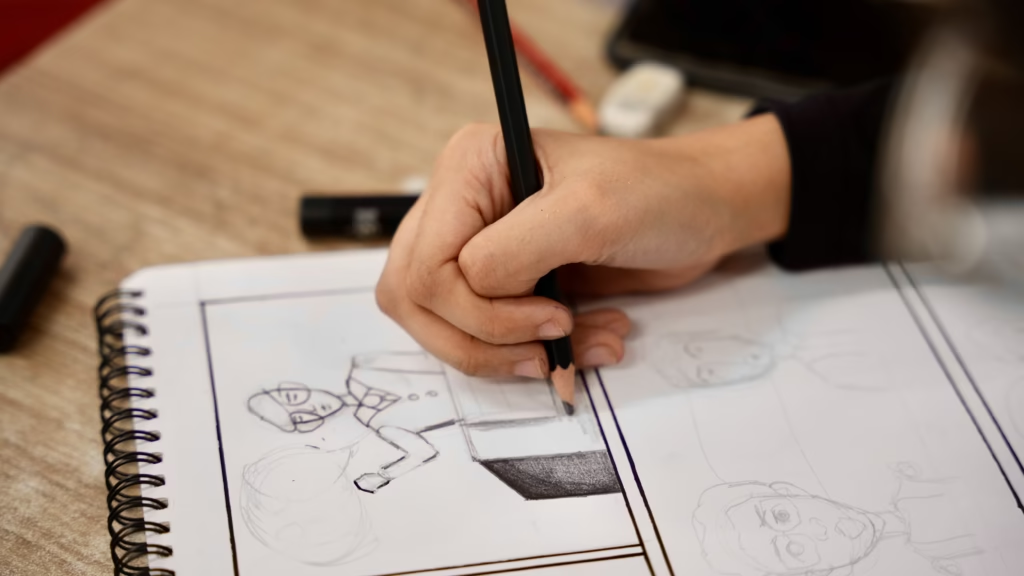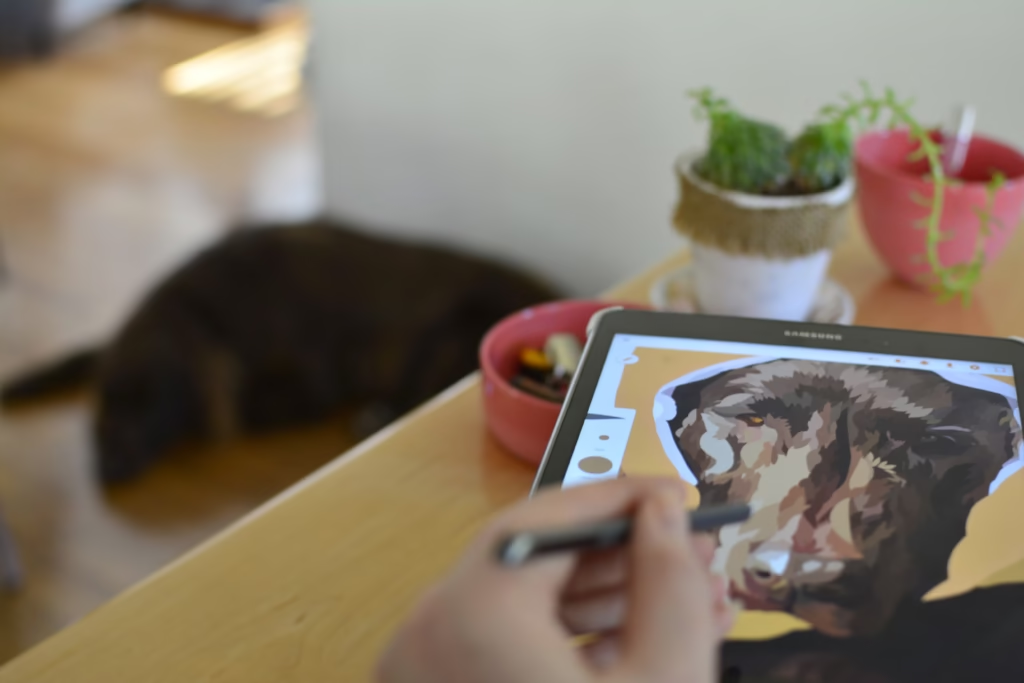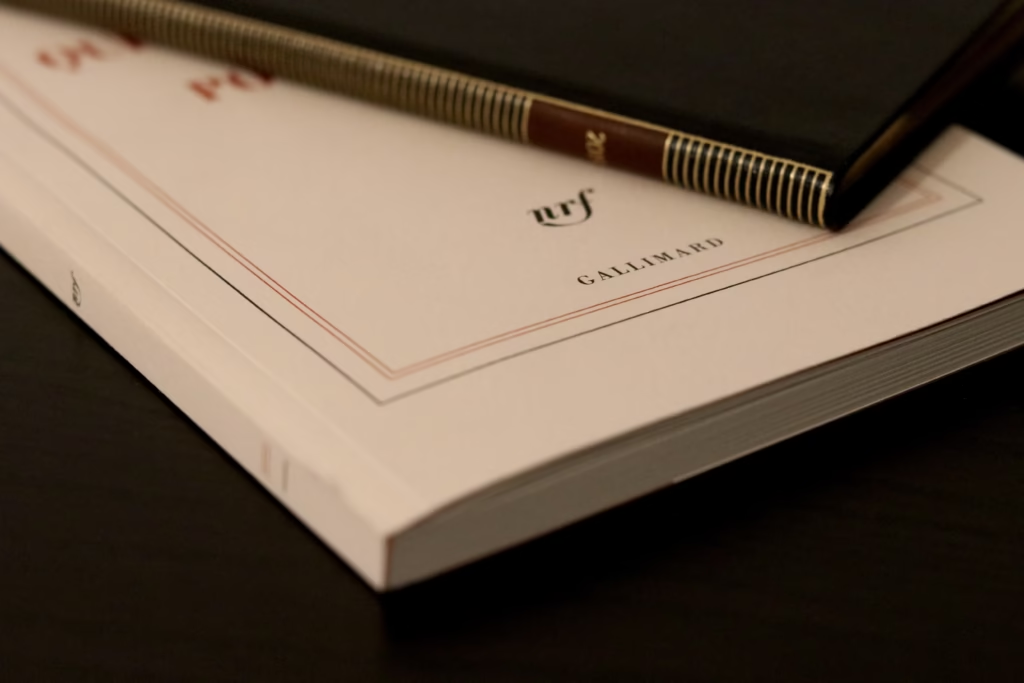Contents
- How to Self-Publish a Comic in 2025 (Complete Guide)
- TL;DR — The 7-Step Roadmap
- Why Self-Publish in 2025?
- Step 1) Define Format, Reader, and Goal
- Step 2) Script & Thumbnails That Actually Ship
- Step 3) Final Art, Lettering, and SFX
- Step 4) Prepress Essentials (Don’t Skip!)
- Step 5) Budgeting & Small-Run Math
- Step 6) Print & Digital Distribution Options
- Step 7) Launch Plan (D-14 → D+7)
- Files & Specs Checklist (Copy/Paste)
- Pricing & Editions
- Lightweight Marketing That Works
- My note
- External Sources to Cite
- FAQ
How to Self-Publish a Comic in 2025 (Complete Guide)
TL;DR — The 7-Step Roadmap
1) Pick your format & goal → 2) Script → 3) Thumbnails → 4) Final art & lettering → 5) Prepress (sizes, bleed, PDF/X) → 6) Print & digital setup → 7) Launch & iterate.
Why Self-Publish in 2025?
Self-publishing lets you keep creative control, move fast, and reach readers globally (print + digital). Tooling and POD (print-on-demand) are better than ever, so small runs are viable without huge upfront risk.
Step 1) Define Format, Reader, and Goal
- Format: B5/A5/US Comic, page count, B/W vs color, print vs digital-first.
- Reader: Who is this for? Manga learners, BL readers, etc.
- Goal: Portfolio piece? Paid release? Convention sales? Series pilot?
Create a one-page Project Charter with scope, deadline, and success metrics (e.g., 100 preorders or 1,000 downloads).
Step 2) Script & Thumbnails That Actually Ship
- Script: Keep panels per page sane (4–6) and push a clear hook by page 3.
- Thumbnails: Iterate composition, gutters, and page turn reveals before final art.
- Timeboxing: Lock a weekly page quota (e.g., 6–8 pp/week) so you ship.
Step 3) Final Art, Lettering, and SFX
- Inking: Use consistent line weights and spot blacks for readable depth.
- Lettering: Balloon shapes, tails toward the speaker’s mouth, readable leading/kerning.
- SFX: Prioritize clarity; avoid over-styling that fights the art.
Step 4) Prepress Essentials (Don’t Skip!)

- Trim & Bleed: Set document to final trim + bleed (e.g., 3 mm).
- Resolution: Line art at 600 dpi (B/W); grayscale/color 300 dpi or higher.
- PDF/X Export: Embed fonts; use a printer-friendly preset; keep rich blacks consistent.
- Proof: Always order a test print or at least a calibrated soft proof.
Step 5) Budgeting & Small-Run Math
Use conservative estimates and include contingency (~10–15%).
| Item | Details |
|---|---|
| Trim size | B5 |
| Pages | 120 |
| Bleed | 3mm |
| Paper | Uncoated 120gsm |
| Cover | 250gsm + matte lamination |
| Print run | 100 |
| Unit cost estimate | $2.50–4.00 |
| Retail price target | $8.00–12.00 |
| Wholesale discount | 40–50% |
Step 6) Print & Digital Distribution Options
- Print: Local offset/digital printer; small-run specialists; or POD services.
- Digital: Your store (Gumroad/itch.io/BOOTH); PDF/CBZ; optional watermarking.
- Identifiers: If you plan to enter retail/bookstore channels, check your market’s identifier rules (ISBN/other). Many platforms can assign IDs for you.
Step 7) Launch Plan (D-14 → D+7)
- D-14: Cover reveal, mailing list opt-in, preorder page.
- D-7: Preview pages (first 8–12), creator notes, behind-the-scenes.
- D-1: Final trailer post, FAQ, shipping window.
- D-Day: Launch thread on X/Instagram/Pinterest/Reddit.
- D+7: Postmortem and next steps → gather reviews, update product page.
Files & Specs Checklist (Copy/Paste)
- Final PDF/X with bleed & crops
- Cover spread (front/spine/back) in printer template
- Fonts embedded or outlined per printer rules
- Raster images at target DPI; no RGB black text
- Digital: separate lightweight PDF (≤50–80 MB)
Pricing & Editions
- Anchor price with room for promos.
- Editioning: Standard / Deluxe (extras: sketches, alt cover) / Digital.
- Bundles: Book + PDF + extras as value stacks.
Lightweight Marketing That Works
- Pinterest boards for panels and process shots (evergreen traffic).
- Reddit value posts (how-to, lessons learned) linking to your guide/store.
- Email list: monthly digest; treat it like VIP access.
My note

When I prepared my first comic for print, the scariest part was checking the bleed and trim lines. I remember holding the proof copy and noticing how a few panels were slightly cut off. That moment taught me the value of ordering a test print before committing to a full run—the relief of seeing the corrected version was worth every delay.
External Sources to Cite
- Pro Artist’s Guide to Comic & Manga Layouts, Paneling, Flow
- Book Printing 101: What You Need to Know Before Approaching a Printer
FAQ
Q1. Do I need an ISBN?
A1. It depends on your market and channels. Check local requirements; many platforms can assign IDs for you.
Q2. How many pages should a first release be?
A2. Ship what you can finish well—shorter, polished books beat endless delays.
Q3. What’s a safe small print run?
A3. 50–200 copies for testing demand; reprint if it moves.
Q4. Should I go print or digital first?
A4. If budget is tight, start digital; add print once demand is verified.
Q5. How do I price my book?
A5. Use unit cost × 3–4 as a starting point; adjust by audience and edition.



